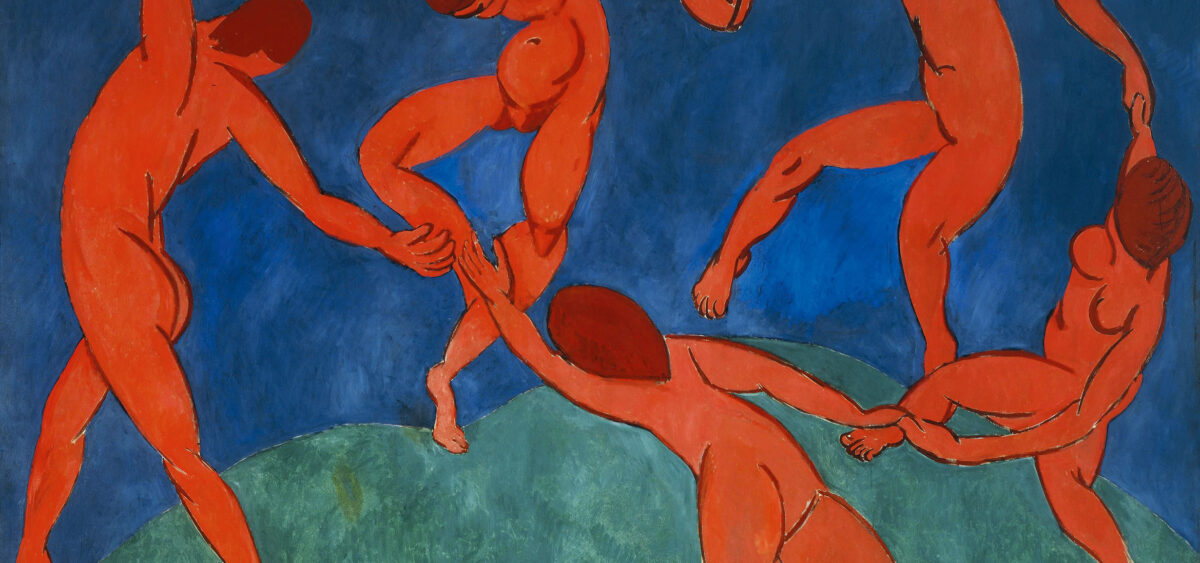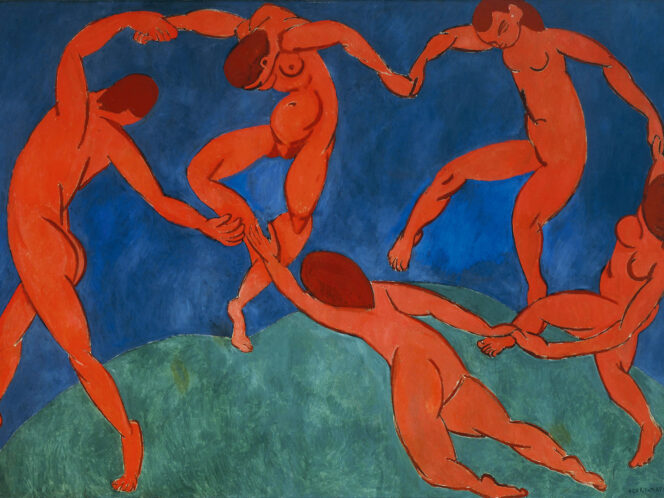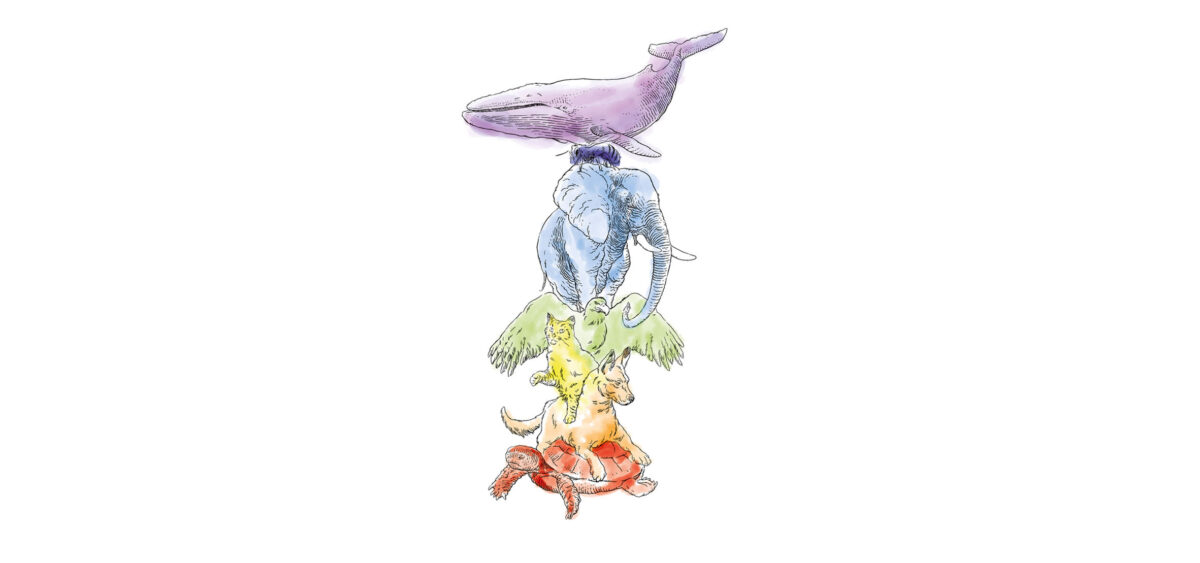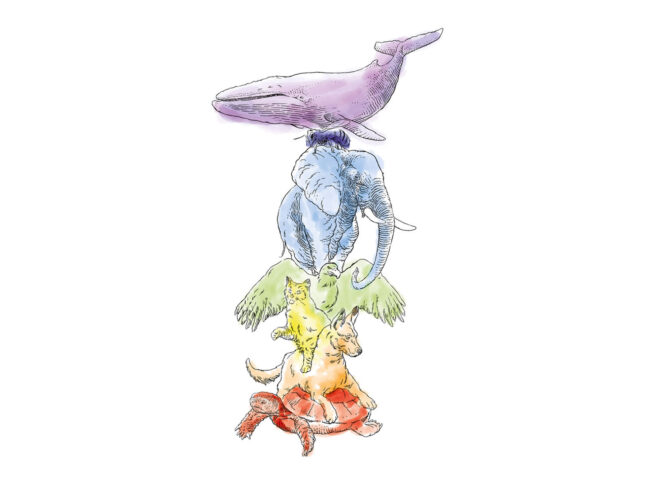
When was the last time you felt true joy? What makes your body and mind vibrate? Cultural studies expert Agata Sikora puts us – and herself – under the microscope.
A couple holding hands, children jumping with enthusiasm, dogs barking playfully, a burst of laughter from friends sitting around a table, an improvised dance of happiness. What better symbol of the unification of humanity than this ‘divine spark’ which makes us all brothers? It’s good for the health, environmentally friendly, it opens us up to others; it really is hard to find a less controversial feeling than joy.
And yet, it is seen as ‘wild’, ‘childish’, ‘crazy’, and therefore not fitting for a rational, modern person. Many people are incapable of spontaneous enjoyment, apparently finding it easier to recognize anger or sadness than joy. Besides, in Poland – this country of partitions, slush and late trains – how can people who wag their tails at the world like Mr Peanutbutter be taken seriously?
In the revue of melancholy, self-destruction and dark humour that is the adult cartoon BoJack Horseman, the e








